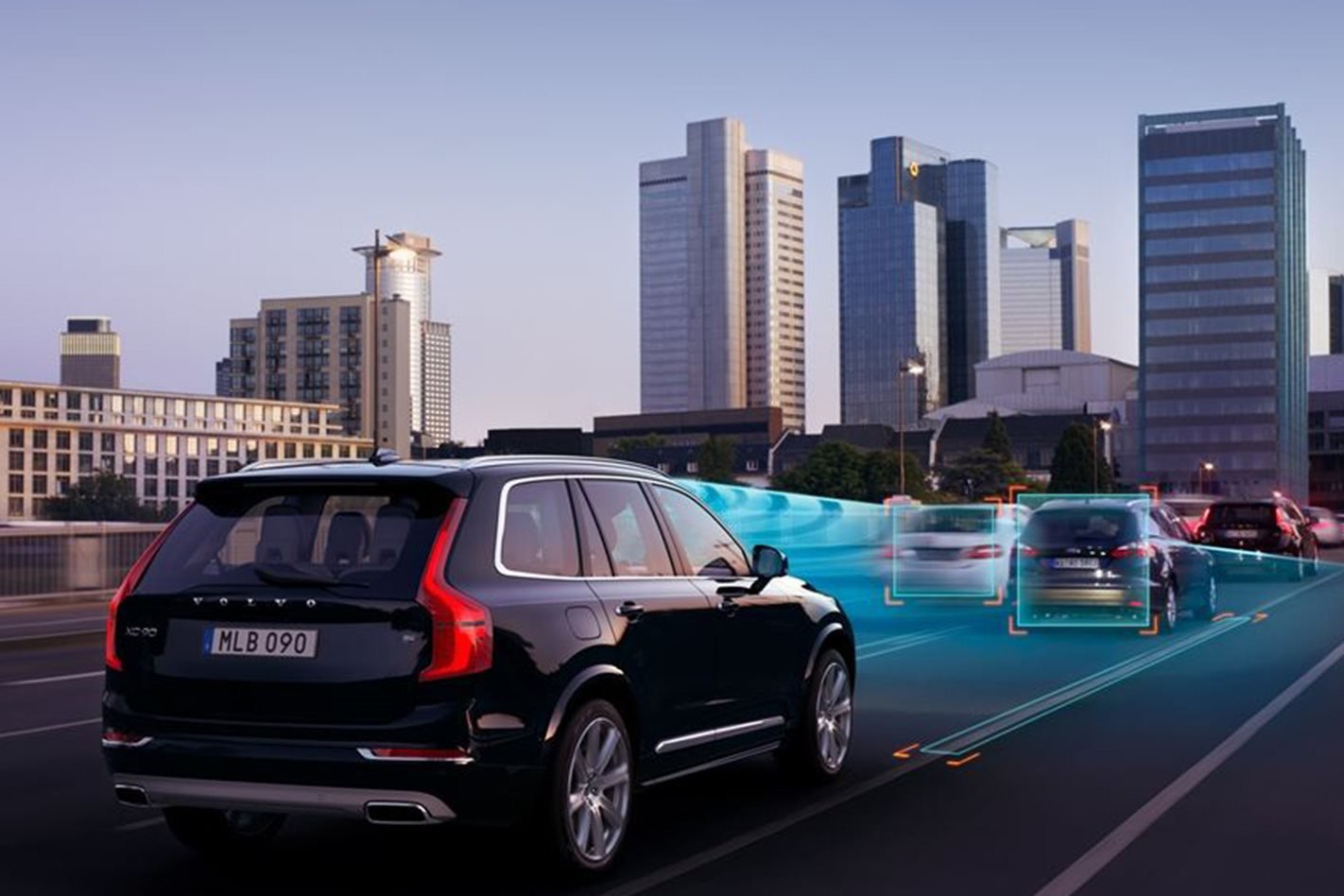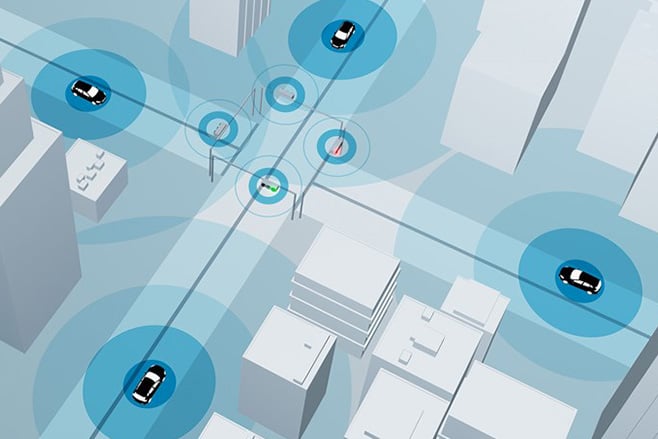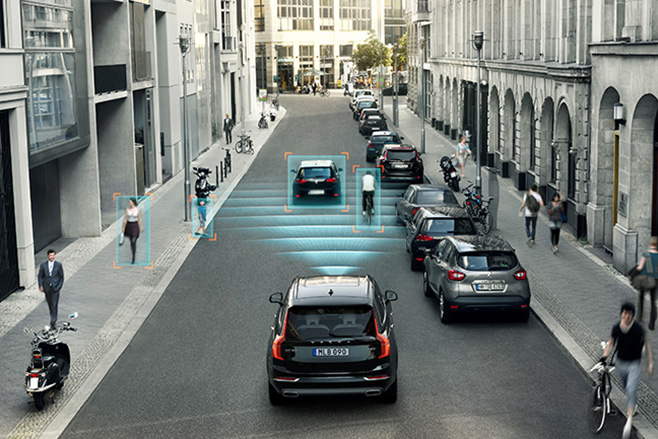
There are quite a few vehicles on the market today that use cameras and sensors to process the data to know when to apply the brakes, steering or accelerator.
While these are excellent driving aids, their combined capabilities are labelled along with terms such as self-driving, autonomous or autopilot, which give the impression that the cars can safely drive themselves.
While such technology offers a level of autonomy, a couple of high-profile Tesla accidents have tragically demonstrated we’re still a long way from having true auto-pilot in dynamic driving environments.

Co-pilot is perhaps a better name for current autonomous-car technology. A car that steers itself along the freeway or reacts to a collision in a millisecond has your back as an extension of your senses. As Mercedes-Benz is careful to stress; we are “On the road to autonomous, accident-free driving” but not quite there.
So where are we?
There are different levels of autonomous vehicle technology, which according to the US National Highway Traffic Safety Administration are defined as:
- Level 0: The driver completely controls the vehicle at all times.
- Level 1: Individual vehicle controls are automated, such as electronic stability control or automatic braking.
- Level 2: At least two controls can be automated in unison, such as adaptive cruise control in combination with lane keeping.
- Level 3: The driver can fully cede control of all safety-critical functions in certain conditions. The car senses when conditions require the driver to retake control and provides a “sufficiently comfortable transition time” for the driver to do so.
- Level 4: The vehicle performs all safety-critical functions for the entire trip, with the driver not expected to control the vehicle at any time. As this vehicle would control all functions from start to stop, including all parking functions, it could include unoccupied cars.

The Society of Automotive Engineers has also devised levels based on the amount of driver attentiveness required rather than the intelligence of the vehicles.
- Level 0: Automated system has no vehicle control, but may issue warnings.
- Level 1: Automated system may include features such as adaptive cruise control and lane keeping assist, but the driver must be ready to take control at any time.
- Level 2: The driver is obliged to detect objects and events and respond if the automated system fails to respond properly. The automated system executes accelerating, braking, and steering. The automated system can deactivate immediately upon takeover by the driver.
- Level 3: Within known, limited environments (such as freeways), the driver can safely turn their attention away from driving tasks.
- Level 4: The automated system can control the vehicle in all but a few environments such as severe weather. The driver must enable the automated system only when it is safe to do so. When enabled, driver attention is not required.
- Level 5: Other than setting the destination and starting the system, no human intervention is required. The automatic system can drive to any location where it is legal to drive.
Then there’s the pace of generational change. Could Level 4 cars safely share a highway with less-intelligent cars with slow-to-react humans in control?




